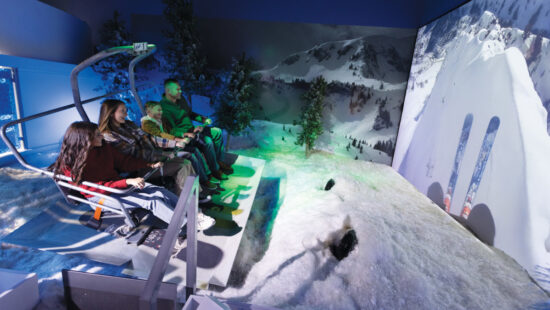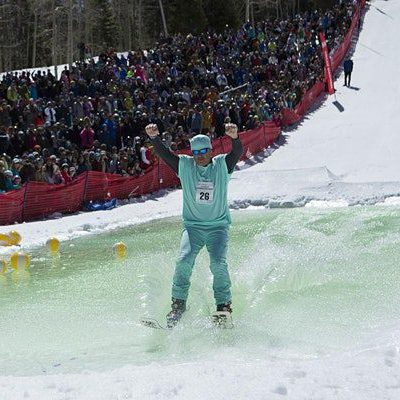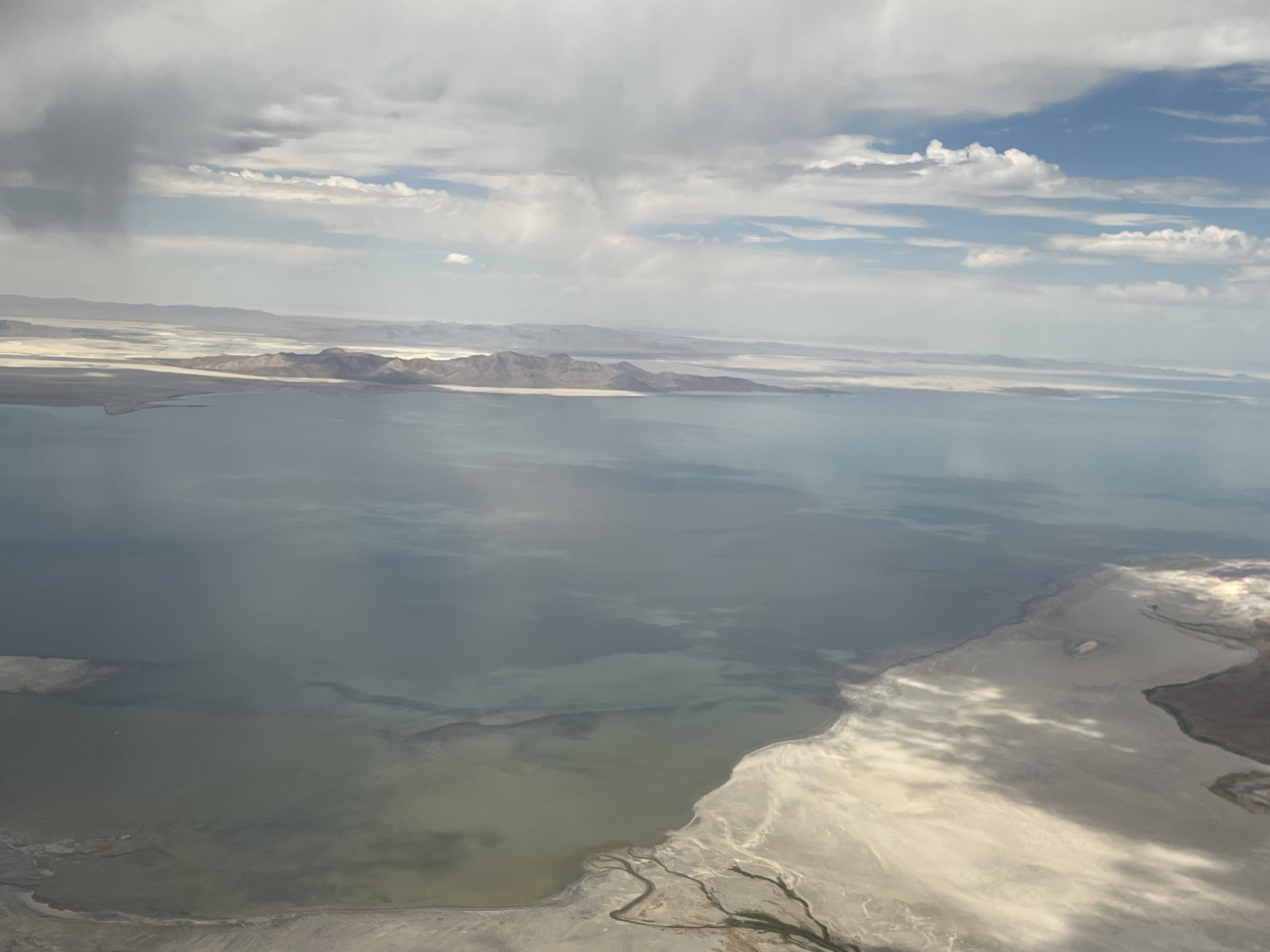Community
Spiro Mine Tunnel up for ELGL’s Best Places in Local Government Award
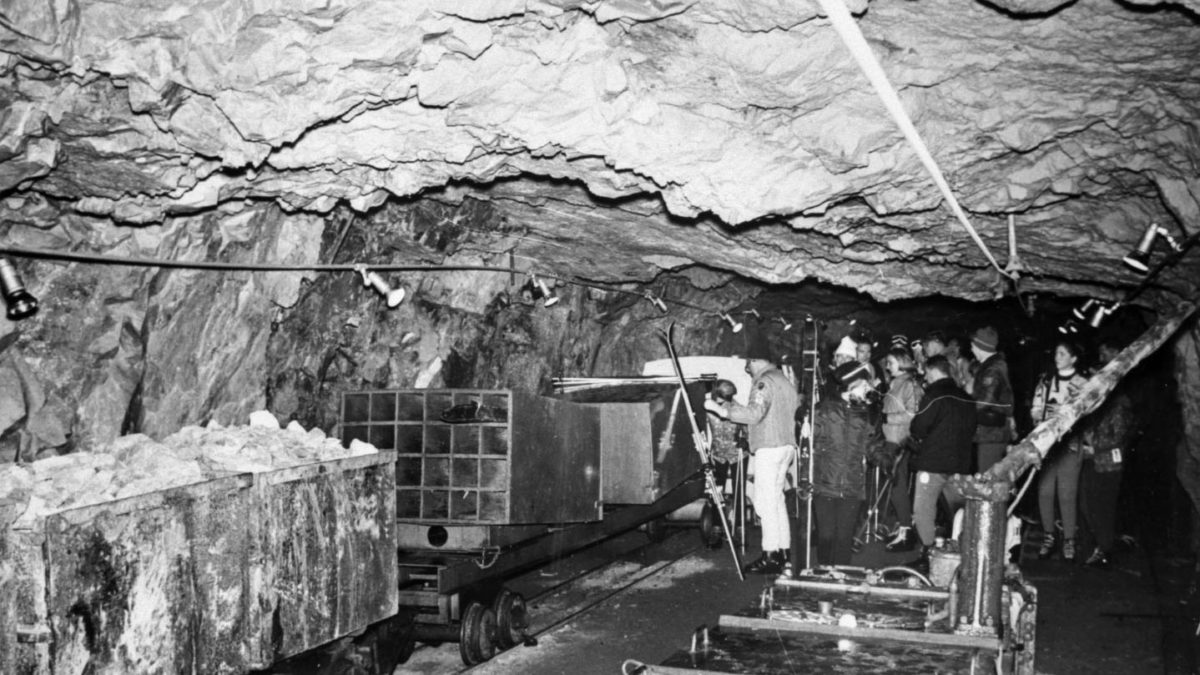
In its later years, the tunnel was reinvented as the Skier Subway that ended at Thaynes Lift. Photo: Park City Museum.
PARK CITY, Utah – The Spiro Mine Tunnel is in the running for the Engaging Local Government Leaders’ (ELGL) 2022 Best Places in Local Government Award recognizing historic and cultural places around the United States.
This bracket-style voting campaign is now live and Park City’s own Spiro is in the Sweet 16. Voting closes on Fridays at midnight; the next rounds begin on Mondays. Note that you must vote for each match-up in order to get to Spiro Tunnel. For information on each place visit here.
According to ELGL’s Spiro page, “We have chosen to nominate the Spiro Mine Tunnel not only for its recent historic restoration completion but also because of its historical significance in Park City. In the early 1900s, silver mining was booming — driving miners and their families to the area. Some would argue that the influx of residents is the reason it was then discovered as a great place to ski which has attributed to Park City’s popularity. To this day, there are still hundreds of miles of mine tunnels underneath the surrounding mountains. The Spiro Mine Tunnel stands apart as Park City relies on a third of its water supply from the historic site. Water from the mine tunnel is filtered through a nearby water treatment plant before it is pushed throughout town.”
18-years-old Solon Spiro arrived in Park City in 1881. In 1900, he began buying claims and mines including the Little Bell, Lucky Bill, and Bogan Mines. He sold the Little Bell and Lucky Bill to on the formerly Bogan-owned King Con mine.
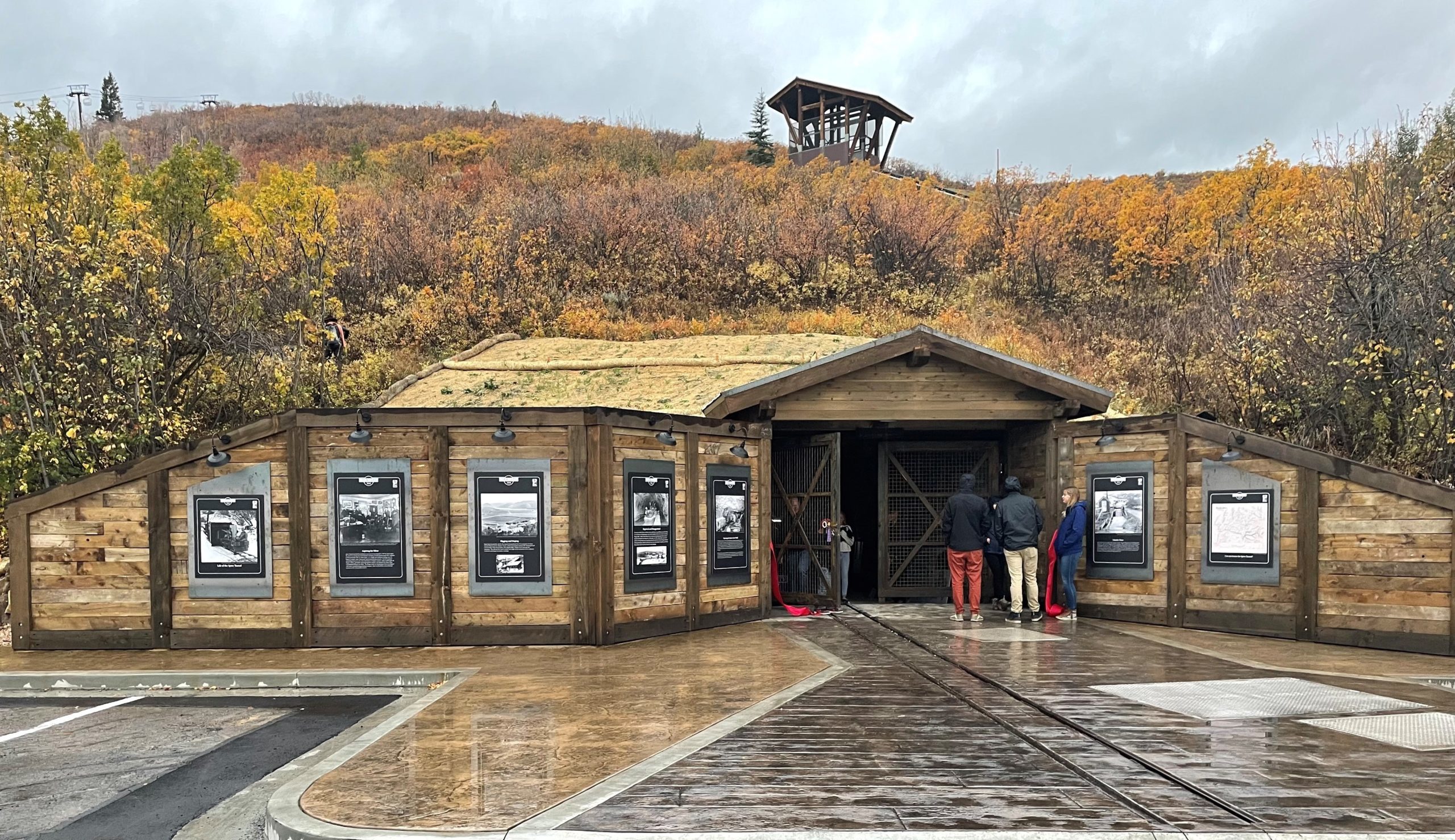
John Bogan formed the Bogan Silver Mining Company around 1880. Bogan’s company had a few mining victories, but in the end, could never get ahold of the financial backing needed to continue. In debt to Ascheim General Store, Bogan relinquished 5,000 shares of his company in a settlement. M. S. Ascheim’s nephew, Solon Spiro, purchased those shares and renamed the company Silver King Consolidated.
As Spiro continued his pursuit of ore, he discovered the presence of water in the mines that inhibited mining. His next project was to create a drain for the problematic underground water: the Spiro Mine Tunnel.
In spring 1916, Spiro began construction of the tunnel in hopes of killing two birds with one stone: draining the water and exposing potential ore deposits. Upon completion two years later, Spiro Tunnel succeeded in providing underground access, but no ore deposits were ever discovered.
Spiro continued to lengthen and expand the Tunnel to drain water from his other mine shafts. The expensive project continued in hopes of striking it big and reached its ultimate depth of 15,000 feet with no such luck.
Finally, in 1924, Silver King Consolidated was forced to sell to the Silver King Coalition. Many decades later the Spiro Tunnel found a new purpose. In 1965, Park City Ski Resort retrofitted the tunnel into the “skier subway.” Skiers clamored into refurbished mine cars and rode three miles to Thaynes mine shaft, up its miners’ elevator to the mountain.
Last autumn, in a group effort between Park City Municipal, Friends of Ski Mountain Mining History, Park City Museum, and Silver Star Owners Association, Spiro Mine Tunnel was opened to the public.
“I’m thrilled that somebody thought enough of us to nominate us. The Spiro tunnel project was a great collaboration,” said Sally Elliott co-chair of Friends of Ski Mountain Mining History. “It wasn’t any one person, but it was really a community effort.”
The City widened, strengthened, and stabilized the walls of the tunnel. While the rest of the dedicated people and organizations, designed, planned, and executed the many plaques containing the mine’s history on site.
More in-depth information and history can be found on the Park City Museum’s website.
Appreciate the coverage? Help keep Park City informed.
TownLift is powered by our community. If you value independent, local news that keeps Park City connected and in the know, consider supporting our newsroom.















